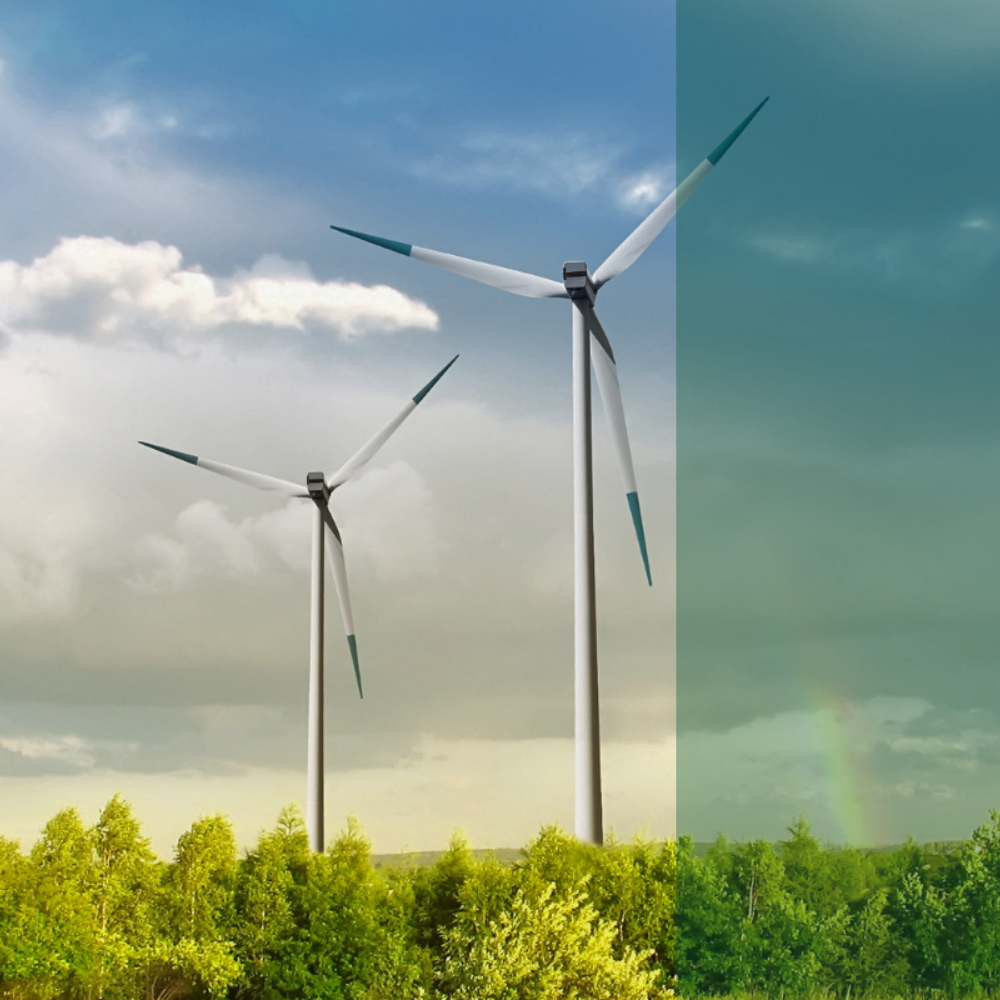Janusz Gajowiecki, President of PWEA, answers questions about the future of wind power in Poland.

Janusz Gajowiecki
President of the Management Board
Polish Wind Energy Association
Why have the announced changes to the distance regulation not been adopted so far?
There is no doubt that it is high time to accelerate the Polish transition in line with pre-election announcements, public expectations and the Polish interest in green, secure and cheap wind energy. However, there is a lack of concrete action, instead we have unnecessary delays that bring real losses to the entire electricity system and in the long term will cause economic regression. New regulations are demanded not only by the industry, but also by social organisations, local governments and business. There is a lack of a wise energy transition strategy, clearly government work is not moving at the pace we expect. The new provisions to free up onshore wind investments, especially the abolition of the general 10H rule and a new minimum distance of 500 metres, which had been awaited by the entire industry, local government and industry, were included in the solutions planned in the Draft Law on Amendments to the Law on Wind Power Investments and Certain Other Laws (UD89). However, to date, the draft law has not seen the light of day, despite the fact that it will soon be a year since the elections. These are unfortunately unnecessary delays that are causing real losses to the entire electricity system and will cause economic regression in the long term. Wind energy is not only our energy independence and security, but also the cheapest electricity – its cost of generation is 3-3.5 times lower than from fossil fuels
When will the new wave of onshore wind investment start?
A wave of wind investment in Poland is coming, with onshore wind power expected to increase significantly in the coming years. The wind energy industry in Poland is very promising, but years of blocking its development means that the tide of new investment is not flowing as it could. We call for an urgent amendment to the windmill law announced by the government and a reduction in the distance from 700 to 500 metres.
What role will onshore and offshore wind ultimately play in the Polish generation system?
Wind energy is and will continue to be one of the key pillars of Poland’s energy transition. It is a necessity from the point of view of our country’s sovereignty and economic development. Poland is the third market for wind in Europe, just after Denmark and Germany. Economies around the world, in response to the energy crisis, want to become independent of fossil fuels imported from outside the EU as soon as possible. In Poland, the biggest changes can be seen in the energy mix, which has historically recorded the lowest share of coal in 2023. Its share has fallen by 10%, to 60.5%. At the same time, energy production from RES is increasing, reaching 27% for the first time.
According to PWEA estimates, the potential of onshore wind energy in Poland by 2040 is 41 GW of installed capacity, provided that the minimum distance of turbines from buildings is reduced from 700 to 500 m. In addition, the energy potential of the Polish part of the Baltic Sea is considered to be one of the largest in Europe and, according to calculations by the Polish Wind Energy Association, could reach as much as 33 GW.
Poland’s target for the share of wind energy in the energy mix is indicated in the latest update of the National Energy and Climate Plan (NERP). According to the document, 19 GW should come from onshore wind power by 2030 and 5.9 GW from offshore wind farms, while by 2040 these figures are 25.8 GW and 17.9 GW. While the government has rightly recognised the need to adapt these assumptions to the current dynamics of the wind industry, with a number of regulatory changes we could look to the future with much more optimism, as our analysis demonstrates.
Can miners count on being part of the energy transition?
In an era of moving away from coal and the gradual phasing out of mines, it seems that there is no better alternative for workers in the mining sector than to work in green energy. With the development of wind energy, many jobs will be created both in the installation of turbines and in the factories that specialise in the production of components or the companies that will supply them. It is estimated that 100,000 people will find employment in wind energy in the coming years, and this will include miners, who are highly sought-after employees by the industry. Companies in the wind sector are already posting a great number of job vacancies and actively recruiting. The challenge remains that there are still not enough workers with the right skills, but the industry is also finding a solution for this. Working in green energy can become an alternative for workers in the mining sector, as it offers the opportunity to further develop and use their skills as part of a just transition. Miners from mines being decommissioned in Silesia can already receive training to work as a wind turbine technician or service technician. This new profession is an opportunity for stable and attractively remunerated employment. The transition to green energy does not have to mean the exclusion of employees from the 'old’ energy industry. On the contrary, their experience and skills are in demand in the RES sector, which includes wind farms.
How does the share of wind installation affect wholesale energy prices in Poland?
Onshore wind energy is today the cheapest source of electricity generation, not only in Europe, but also in Poland. Our calculations show that every 1 000 MW of variable energy source, which today is mainly wind energy, introduced into the system reduces energy prices by PLN 21 per MWh. Therefore, wind energy is not only our energy independence and security, but also the cheapest electricity – the cost of generating electricity is more than 3.5 times lower than from fossil fuels. Furthermore, offshore wind energy will also contribute to lower electricity prices on the market in the coming years. A recent analysis by the Polish Wind Energy Association shows that if we introduce 18 GW of offshore wind power into the energy mix, we will reduce the price of energy by up to 50 per cent, compared to the price we would get if we introduced only 5.9 GW.


